
In this post, Dr Alison Cullinane introduces reflective portfolios in science courses. She explores how she planned and designed the portfolios, and highlights the assessment process for a portfolio curriculum. Alison is the Portfolio Director at the School of Biological Sciences, and this post is part of the Mar-May Learning & Teaching Enhancement theme: Assessment and feedback revisited↗️.
Reflection and reflective practice are important themes in the educational and assessment ethos of The University of Edinburgh. Assessment of reflective practice is always a challenge, however, due to the subjective nature of the work produced. As Portfolio Director in the School of Biological Sciences (SBS), it is my role to develop and assess reflective portfolios for seven courses in first and second year. The reflective portfolio component is an overarching feature of the curricula, and is assessed as a large part of each course. The assessed component obliges students to take it seriously in their studies. Portfolios they are a great way to track student achievement and move away from exams being the sole marker of success. The portfolio is treated as a professional document for assessment, and is worth 25% of their course grade in first year, and 15% in second year.
What is a reflective portfolio curriculum in Biology?
Over the last two years, I designed a portfolio curriculum to encourage biology students to see the importance of reflection. The first semester in first year is about learning how to reflect and using the space to make sense of their transition to university. The students have weekly personal reflections that are themed to concepts such as curiosity, expressing yourself, asking questions, for example. This allows student to think and write about themselves – which many have not experienced previously.
Common to all courses are the academic tasks where students reflect on their course material each week. They have a choice whether they reflect on the interactive lectures, practical or workshops. Reflection and metacognition are put into practice in the second semester in first year, and subsequent semesters in second year, when the students are tasked with writing mock internship applications. They must evidence their claims using their portfolio in their mock applications.
Supporting theoretical frameworks for the portfolio design
One of my remits is to ensure that the reflective tasks designed are purposeful for the vast array of students on the course for their academic, personal, and professional development. Having carte blanche to design a portfolio that was assessed as such a large component of the course was both exciting and daunting. The portfolios were designed using the learning outcomes of the courses as well as drawing on theoretical frameworks from reflection (Gibbs, 1988; Kohl, 1984), metacognition (Flavell, 1979), the reflective tool kit , formative assessment theory (Black & Wiliam, 1998; Clarke 2005), skills and professional development literature for science students (Mello & Wattret, 2021), and the SLICCs framework. Literature of various disciplines that use reflective practice were also consulted. For example, coaching, (Cropley et al., 2020); psychology, (Hettich, 1990); leadership, (Walker, 1985); sociology (Wagenaar; 1984); teaching (Bain, 1999), and nursing (Contreras et al., 2020).
Taking all these things into consideration, the portfolio features were created to support students’ reflective thinking and metacognition, and encourage authentic, personal reflection on their experiences academically, professionally, and personally. There were many variables to consider for courses and I wanted to make sure the portfolio would integrate with the courses, so that it did not feel like an “add-on”. Questions were designed on the lectures, practicals, and workshops for all seven courses. There are also designated portfolio sessions as part of core courses in first year (Bio 1B Variation & Bio 2D Environment) and second year courses (Bio 2B- Genes and Evolution, and Bio 2C- Systems and Regulation) where I have designed sessions and activities that interrogate the benefits of reflecting and the reflective processes to develop self-awareness of their progress and skills development.
Assessment of the portfolio
Previously, the portfolio was marked at a pass/fail rating. This academic year, we moved to a graded approach. Assessment and evaluation of such subjective work is challenging. Currently my Deputy Portfolio Director, Dr John Curtis, and I are trialling assessment rubrics for marking qualitative pieces of this nature, that allow for more consistency between markers grades. The portfolio is presented on an online platform called Pebblepad, which I found useful for the administration and marking of the portfolio. To pass the portfolio, the students need to demonstrate adequate weekly engagement, build evidence on learning and skills development, and complete reflective reports each semester. Below, you can see the student requirements for each term. The student also need to submit an interim report where they receive formative feedback and an indication of their trajectory for passing the portfolio.
Skills awareness development
Throughout first year and second year, the students actively reflect on a series of skills. There are 37 skills that students can choose from, and the assessment criteria each semester dictates how many they need to include and evidence as part of their portfolio. The list has been curated based on literature on skills and career development as well as science process skills literature. It is encouraging to see that each year the full set of skills are reflected on, showing how our courses are serving our students. The figure below shows the range of skills and the number of reflections against each skill by second year students in semester 1 (2023):
What do the students think?
The portfolio is the part of the course that the students grumble about often due to its rather out of the ordinary nature to other science course activities… Or so it feels as the portfolio director. Therefore, when I distributed an evaluation, it was gratifying to see that 75% of the students agreed to some extent that the portfolio was beneficial to their learning. Below are some quotations from the students from the evaluation:
“I have felt better in myself as a student, I feel like I can identify what I’m feeling more and it allows me to not only remind myself what happened in environment, but allows me to be proud of what I have achieved”
“While it takes a long time to complete to a high standard, I find it incredibly helpful to monitor my progress and identify my skills. It is encouraging and allows me to refresh my learning.”
“It’s helping me develop more awareness of what skills I do have and therefore also showing me where I need to improve.”
“It helps me remember important details about sessions that I would otherwise forget”, “ it helped to embed the knowledge”
What next for students? Student co-creators of the reflective portfolio.
This year, I received funding from PTAS to bring on students as “co-creators” and learn from first-hand students’ experience. Some students volunteered to inform the portfolio development and co- create artifacts that will support or exemplify the process. For example, one student is supporting and advising on a more inclusive design for students with learning disabilities. One is creating a step-by-step video on how to reflect, and another is also creating sample entries for the skills matrix. These will be shared with students to help them in the reflective process.
What next for staff? Informing pedagogy
There is a wealth of student experience in the portfolio entries. One of my goals in my role as Portfolio Director is to build on pedagogy in the SBS and allow academics access to read the portfolio entries with the intention of supporting and improving the teaching and learning within the school.
Below is a video of Alison presenting the reflective portfolio at the University’s Learning and Teaching Conference 2023:
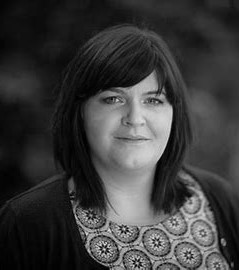 Alison Cullinane
Alison Cullinane
Dr Alison Cullinane is the Portfolio Director at the School of Biological Sciences since 2022. In this role, she had creative control to design reflective portfolios for first- and second-year programmes, which are undertaken by over 700 student each semester. She also has the roles of cohort lead where she advises students academically, and course organiser for a first-year course, Molecules Genes and Cells. She is currently PI on a PTAS project that is investigating the use of portfolios in different institutions across the UK. The project looks at best approaches for supporting students’ reflective practice. Alison previously held a lecturing position at the Department of Education, University of Oxford, where she still maintains supervision of her Masters and PhD students through her Honorary Norham Fellowship.


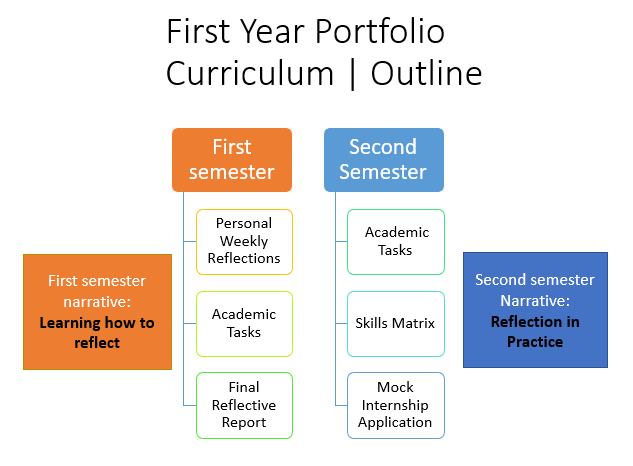
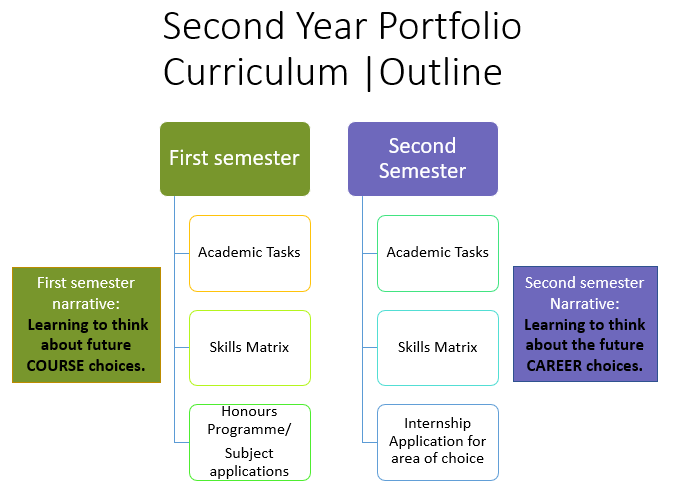
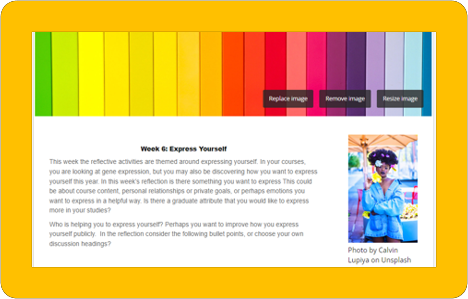
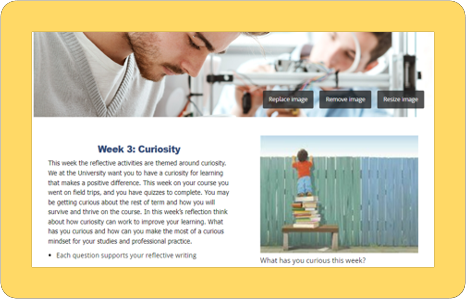
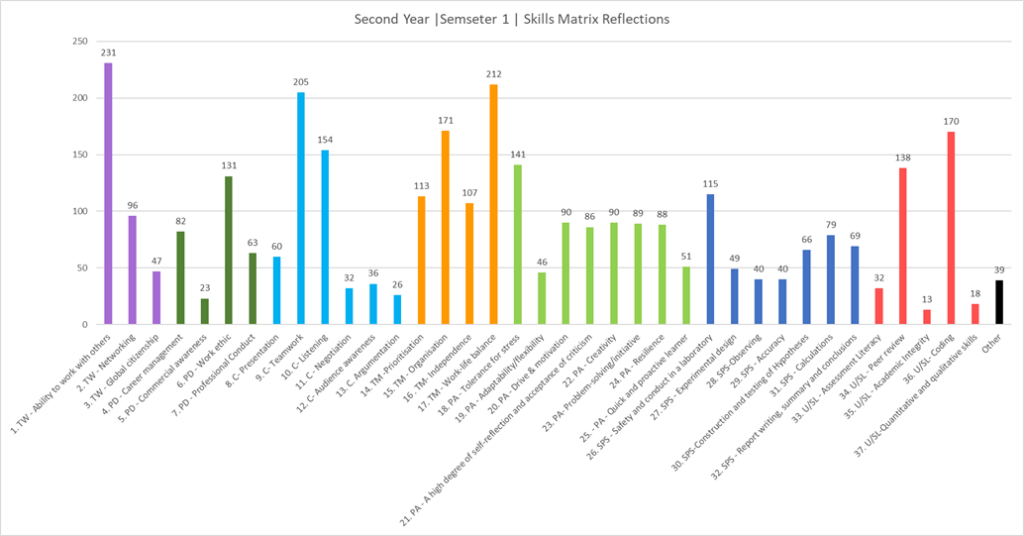

[…] A. (28/3/2024), Embedding a reflective portfolio for student development in science courses: Challenges, suggestions, and solutions, Teaching Matters Blog, University of […]
[…] A. (28/3/2024), Embedding a reflective portfolio for student development in science courses: Challenges, suggestions, and solutions, Teaching Matters Blog, University of […]